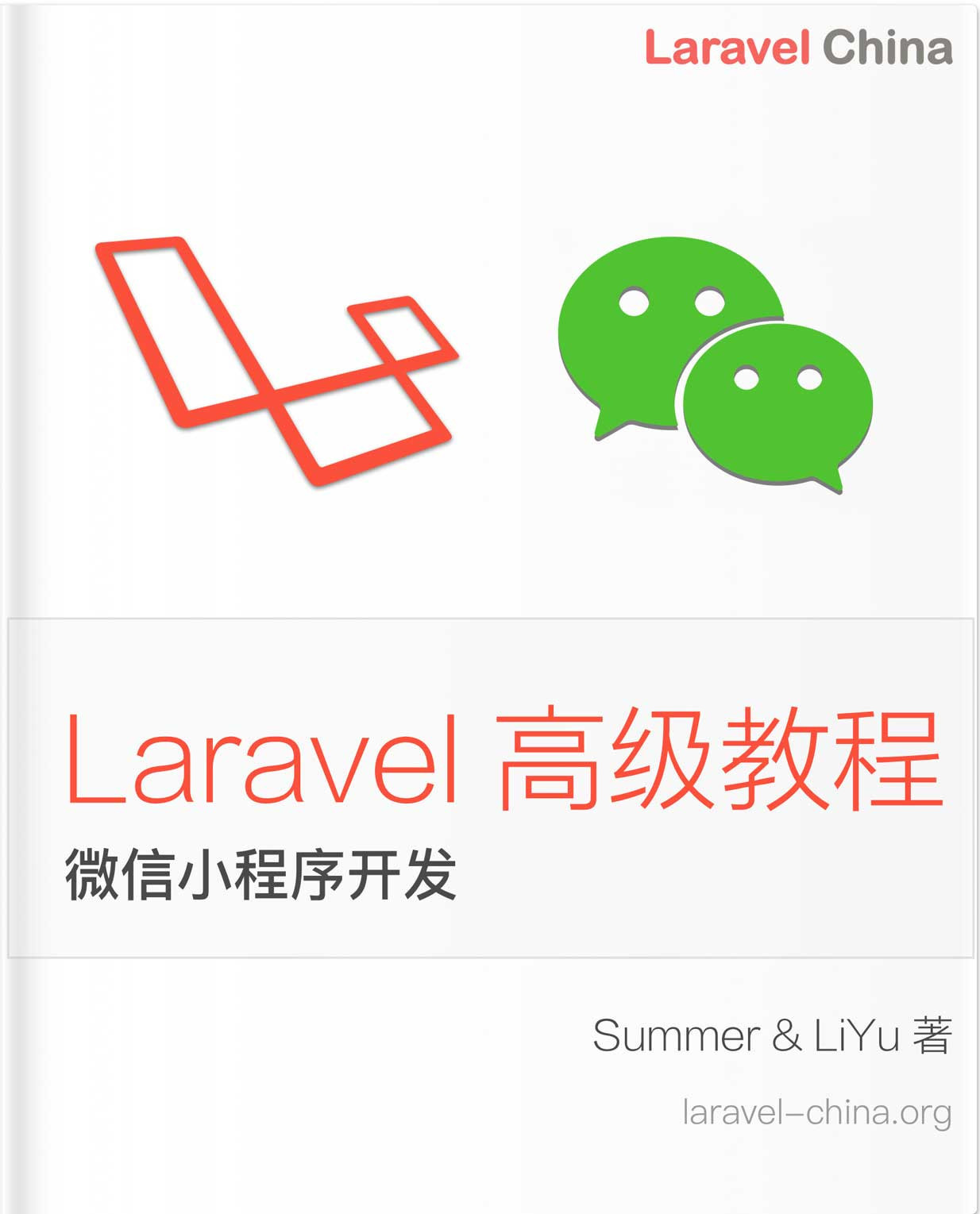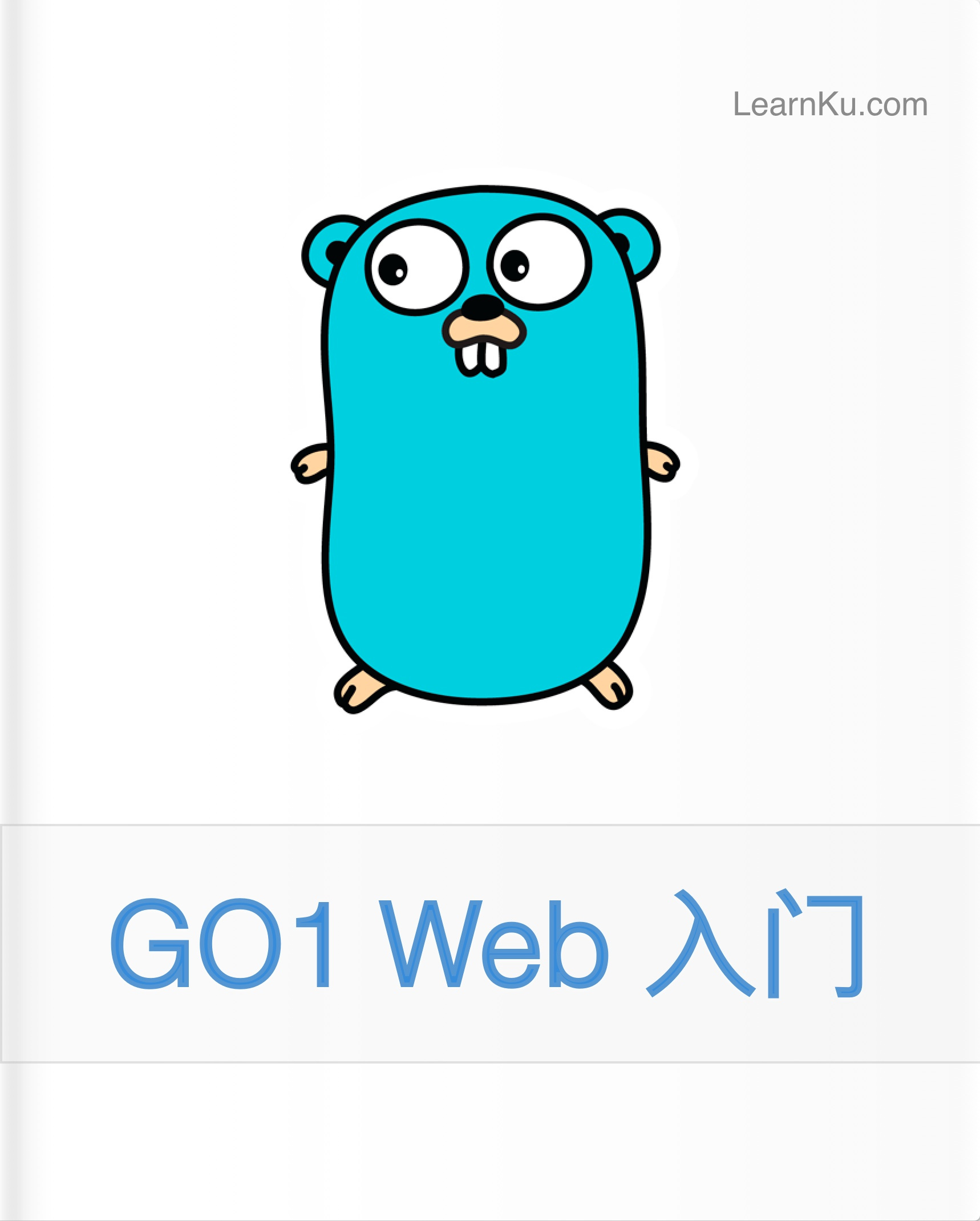2.11. Swift 方法
这是一篇协同翻译的文章,你可以点击『我来翻译』按钮来参与翻译。
本文从苹果官网提供的《the swift programming language》 翻译,翻译过程中可以参考本站之前翻译的4.2 版本。
请各位在翻译的时候注意检查如下几项:
- 遵循社区文档翻译规范;
- 遵循社区文档撰写指南;
- 检查翻译原文的文档格式及代码缩进,如有问题请及时修正再进行翻译。
Methods
Methods are functions that are associated with a particular type. Classes, structures, and enumerations can all define instance methods, which encapsulate specific tasks and functionality for working with an instance of a given type. Classes, structures, and enumerations can also define type methods, which are associated with the type itself. Type methods are similar to class methods in Objective-C.
The fact that structures and enumerations can define methods in Swift is a major difference from C and Objective-C. In Objective-C, classes are the only types that can define methods. In Swift, you can choose whether to define a class, structure, or enumeration, and still have the flexibility to define methods on the type you create.
Instance Methods
Instance methods are functions that belong to instances of a particular class, structure, or enumeration. They support the functionality of those instances, either by providing ways to access and modify instance properties, or by providing functionality related to the instance’s purpose. Instance methods have exactly the same syntax as functions, as described in Functions.
You write an instance method within the opening and closing braces of the type it belongs to. An instance method has implicit access to all other instance methods and properties of that type. An instance method can be called only on a specific instance of the type it belongs to. It can’t be called in isolation without an existing instance.
Here’s an example that defines a simple Counter class, which can be used to count the number of times an action occurs:
class Counter {
var count = 0
func increment() {
count += 1
}
func increment(by amount: Int) {
count += amount
}
func reset() {
count = 0
}
}The Counter class defines three instance methods:
increment()increments the counter by1.increment(by: Int)increments the counter by a specified integer amount.reset()resets the counter to zero.
The Counter class also declares a variable property, count, to keep track of the current counter value.
You call instance methods with the same dot syntax as properties:
let counter = Counter()
// the initial counter value is 0
counter.increment()
// the counter's value is now 1
counter.increment(by: 5)
// the counter's value is now 6
counter.reset()
// the counter's value is now 0Function parameters can have both a name (for use within the function’s body) and an argument label (for use when calling the function), as described in Function Argument Labels and Parameter Names. The same is true for method parameters, because methods are just functions that are associated with a type.
The self Property
Every instance of a type has an implicit property called self, which is exactly equivalent to the instance itself. You use the self property to refer to the current instance within its own instance methods.
The increment() method in the example above could have been written like this:
func increment() {
self.count += 1
}In practice, you don’t need to write self in your code very often. If you don’t explicitly write self, Swift assumes that you are referring to a property or method of the current instance whenever you use a known property or method name within a method. This assumption is demonstrated by the use of count (rather than self.count) inside the three instance methods for Counter.
The main exception to this rule occurs when a parameter name for an instance method has the same name as a property of that instance. In this situation, the parameter name takes precedence, and it becomes necessary to refer to the property in a more qualified way. You use the self property to distinguish between the parameter name and the property name.
Here, self disambiguates between a method parameter called x and an instance property that’s also called x:
struct Point {
var x = 0.0, y = 0.0
func isToTheRightOf(x: Double) -> Bool {
return self.x > x
}
}
let somePoint = Point(x: 4.0, y: 5.0)
if somePoint.isToTheRightOf(x: 1.0) {
print("This point is to the right of the line where x == 1.0")
}
// Prints "This point is to the right of the line where x == 1.0"Without the self prefix, Swift would assume that both uses of x referred to the method parameter called x.
Modifying Value Types from Within Instance Methods
Structures and enumerations are value types. By default, the properties of a value type can’t be modified from within its instance methods.
However, if you need to modify the properties of your structure or enumeration within a particular method, you can opt in to mutating behavior for that method. The method can then mutate (that is, change) its properties from within the method, and any changes that it makes are written back to the original structure when the method ends. The method can also assign a completely new instance to its implicit self property, and this new instance will replace the existing one when the method ends.
You can opt in to this behavior by placing the mutating keyword before the func keyword for that method:
struct Point {
var x = 0.0, y = 0.0
mutating func moveBy(x deltaX: Double, y deltaY: Double) {
x += deltaX
y += deltaY
}
}
var somePoint = Point(x: 1.0, y: 1.0)
somePoint.moveBy(x: 2.0, y: 3.0)
print("The point is now at (\(somePoint.x), \(somePoint.y))")
// Prints "The point is now at (3.0, 4.0)"The Point structure above defines a mutating moveBy(x:y:) method, which moves a Point instance by a certain amount. Instead of returning a new point, this method actually modifies the point on which it’s called. The mutating keyword is added to its definition to enable it to modify its properties.
Note that you can’t call a mutating method on a constant of structure type, because its properties can’t be changed, even if they’re variable properties, as described in Stored Properties of Constant Structure Instances:
let fixedPoint = Point(x: 3.0, y: 3.0)
fixedPoint.moveBy(x: 2.0, y: 3.0)
// this will report an errorAssigning to self Within a Mutating Method
Mutating methods can assign an entirely new instance to the implicit self property. The Point example shown above could have been written in the following way instead:
struct Point {
var x = 0.0, y = 0.0
mutating func moveBy(x deltaX: Double, y deltaY: Double) {
self = Point(x: x + deltaX, y: y + deltaY)
}
}This version of the mutating moveBy(x:y:) method creates a new structure whose x and y values are set to the target location. The end result of calling this alternative version of the method will be exactly the same as for calling the earlier version.
Mutating methods for enumerations can set the implicit self parameter to be a different case from the same enumeration:
enum TriStateSwitch {
case off, low, high
mutating func next() {
switch self {
case .off:
self = .low
case .low:
self = .high
case .high:
self = .off
}
}
}
var ovenLight = TriStateSwitch.low
ovenLight.next()
// ovenLight is now equal to .high
ovenLight.next()
// ovenLight is now equal to .offThis example defines an enumeration for a three-state switch. The switch cycles between three different power states (off, low and high) every time its next() method is called.
Type Methods
Instance methods, as described above, are methods that you call on an instance of a particular type. You can also define methods that are called on the type itself. These kinds of methods are called type methods. You indicate type methods by writing the static keyword before the method’s func keyword. Classes can use the class keyword instead, to allow subclasses to override the superclass’s implementation of that method.
NOTE
In Objective-C, you can define type-level methods only for Objective-C classes. In Swift, you can define type-level methods for all classes, structures, and enumerations. Each type method is explicitly scoped to the type it supports.
Type methods are called with dot syntax, like instance methods. However, you call type methods on the type, not on an instance of that type. Here’s how you call a type method on a class called SomeClass:
class SomeClass {
class func someTypeMethod() {
// type method implementation goes here
}
}
SomeClass.someTypeMethod()Within the body of a type method, the implicit self property refers to the type itself, rather than an instance of that type. This means that you can use self to disambiguate between type properties and type method parameters, just as you do for instance properties and instance method parameters.
More generally, any unqualified method and property names that you use within the body of a type method will refer to other type-level methods and properties. A type method can call another type method with the other method’s name, without needing to prefix it with the type name. Similarly, type methods on structures and enumerations can access type properties by using the type property’s name without a type name prefix.
The example below defines a structure called LevelTracker, which tracks a player’s progress through the different levels or stages of a game. It’s a single-player game, but can store information for multiple players on a single device.
All of the game’s levels (apart from level one) are locked when the game is first played. Every time a player finishes a level, that level is unlocked for all players on the device. The LevelTracker structure uses type properties and methods to keep track of which levels of the game have been unlocked. It also tracks the current level for an individual player.
struct LevelTracker {
static var highestUnlockedLevel = 1
var currentLevel = 1
```swift
static func unlock(_ level: Int) {
if level > highestUnlockedLevel { highestUnlockedLevel = level }
}
```swift
static func isUnlocked(_ level: Int) -> Bool {
return level <= highestUnlockedLevel
}
@discardableResult
mutating func advance(to level: Int) -> Bool {
if LevelTracker.isUnlocked(level) {
currentLevel = level
return true
} else {
return false
}
}
}The LevelTracker structure keeps track of the highest level that any player has unlocked. This value is stored in a type property called highestUnlockedLevel.
LevelTracker also defines two type functions to work with the highestUnlockedLevel property. The first is a type function called unlock(_:), which updates the value of highestUnlockedLevel whenever a new level is unlocked. The second is a convenience type function called isUnlocked(_:), which returns true if a particular level number is already unlocked. (Note that these type methods can access the highestUnlockedLevel type property without your needing to write it as LevelTracker.highestUnlockedLevel.)
In addition to its type property and type methods, LevelTracker tracks an individual player’s progress through the game. It uses an instance property called currentLevel to track the level that a player is currently playing.
To help manage the currentLevel property, LevelTracker defines an instance method called advance(to:). Before updating currentLevel, this method checks whether the requested new level is already unlocked. The advance(to:) method returns a Boolean value to indicate whether or not it was actually able to set currentLevel. Because it’s not necessarily a mistake for code that calls the advance(to:) method to ignore the return value, this function is marked with the @discardableResult attribute. For more information about this attribute, see Attributes.
The LevelTracker structure is used with the Player class, shown below, to track and update the progress of an individual player:
class Player {
var tracker = LevelTracker()
let playerName: String
func complete(level: Int) {
LevelTracker.unlock(level + 1)
tracker.advance(to: level + 1)
}
init(name: String) {
playerName = name
}
}The Player class creates a new instance of LevelTracker to track that player’s progress. It also provides a method called complete(level:), which is called whenever a player completes a particular level. This method unlocks the next level for all players and updates the player’s progress to move them to the next level. (The Boolean return value of advance(to:) is ignored, because the level is known to have been unlocked by the call to LevelTracker.unlock(_:) on the previous line.)
You can create an instance of the Player class for a new player, and see what happens when the player completes level one:
var player = Player(name: "Argyrios")
player.complete(level: 1)
print("highest unlocked level is now \(LevelTracker.highestUnlockedLevel)")
// Prints "highest unlocked level is now 2"If you create a second player, whom you try to move to a level that’s not yet unlocked by any player in the game, the attempt to set the player’s current level fails:
player = Player(name: "Beto")
if player.tracker.advance(to: 6) {
print("player is now on level 6")
} else {
print("level 6 hasn't yet been unlocked")
}
// Prints "level 6 hasn't yet been unlocked"本文中的所有译文仅用于学习和交流目的,转载请务必注明文章译者、出处、和本文链接
我们的翻译工作遵照 CC 协议,如果我们的工作有侵犯到您的权益,请及时联系我们。

 Swift 编程语言
Swift 编程语言




 关于 LearnKu
关于 LearnKu




推荐文章: